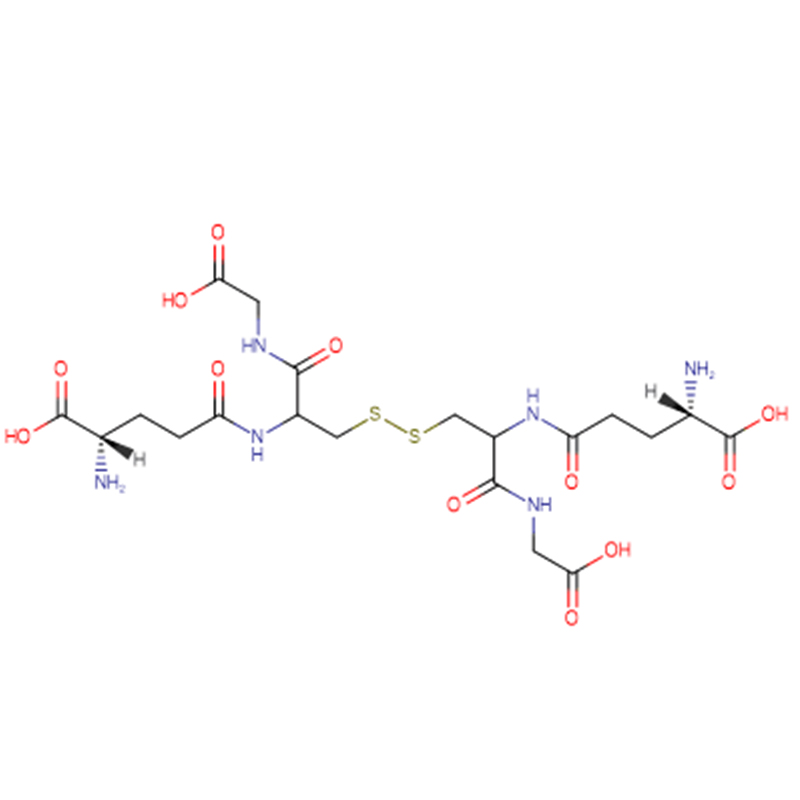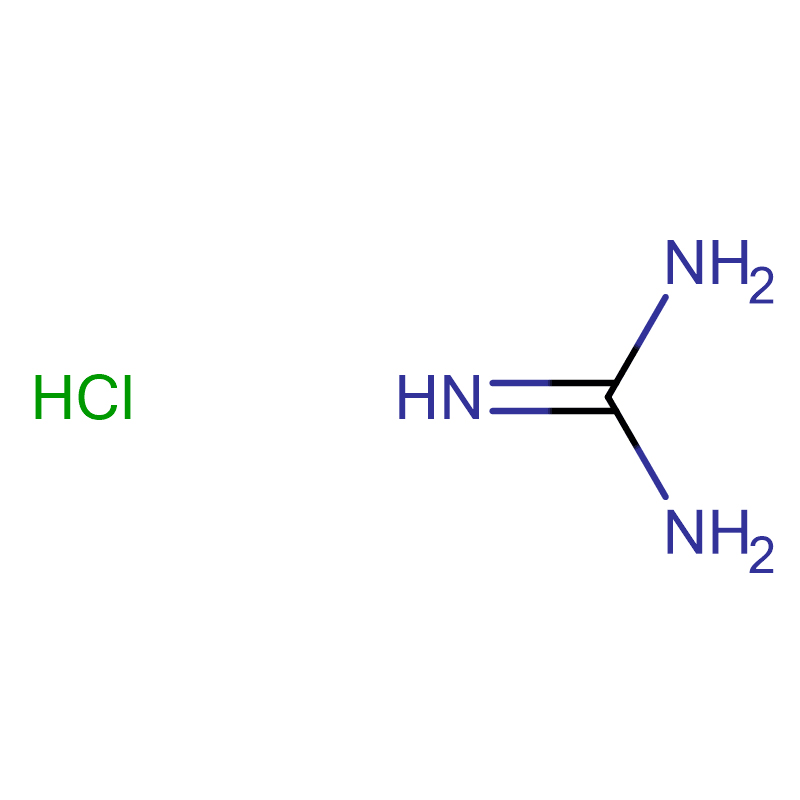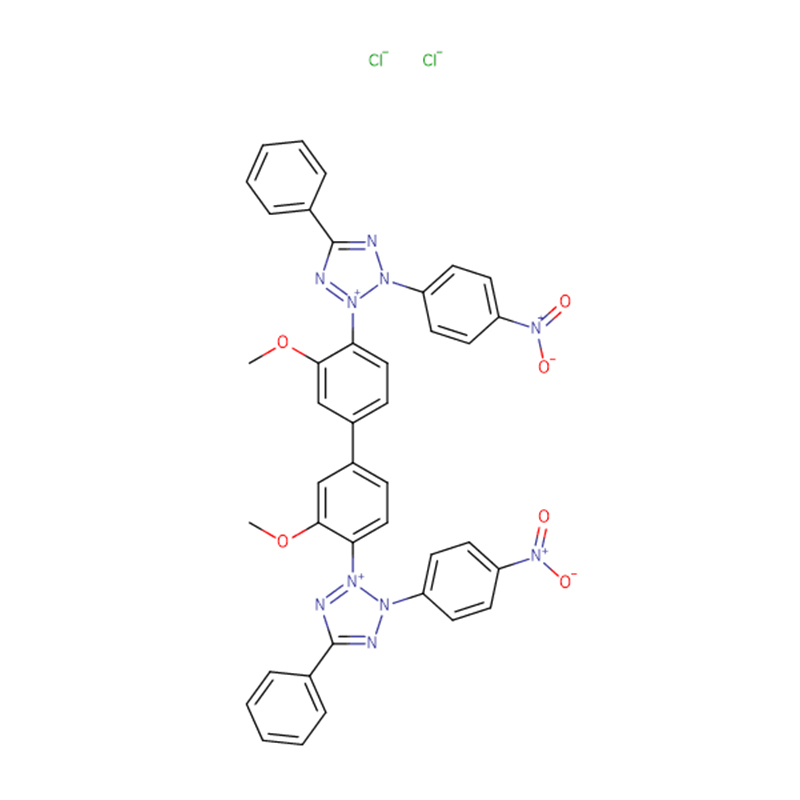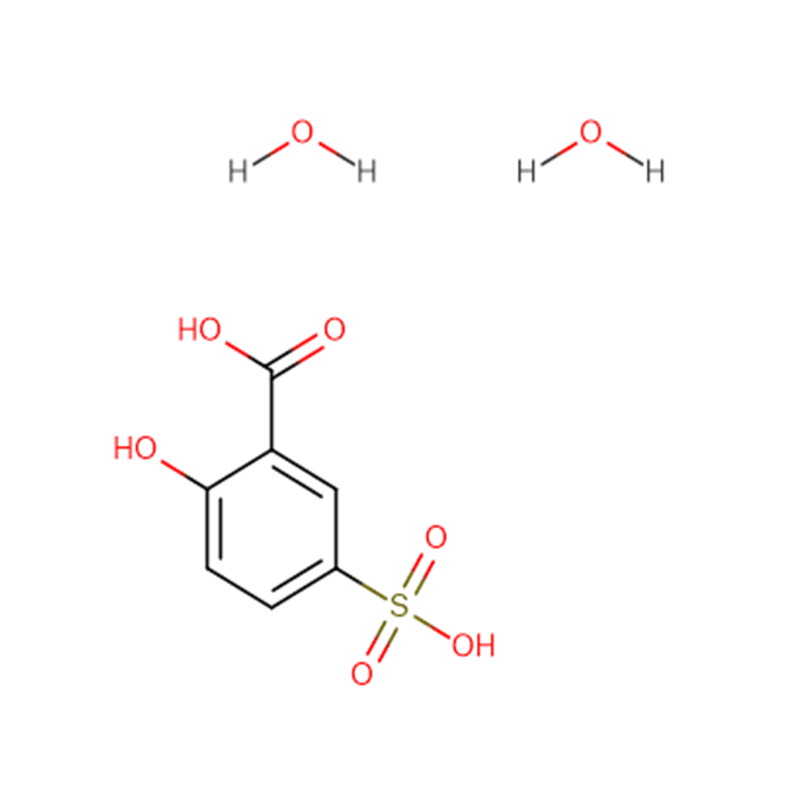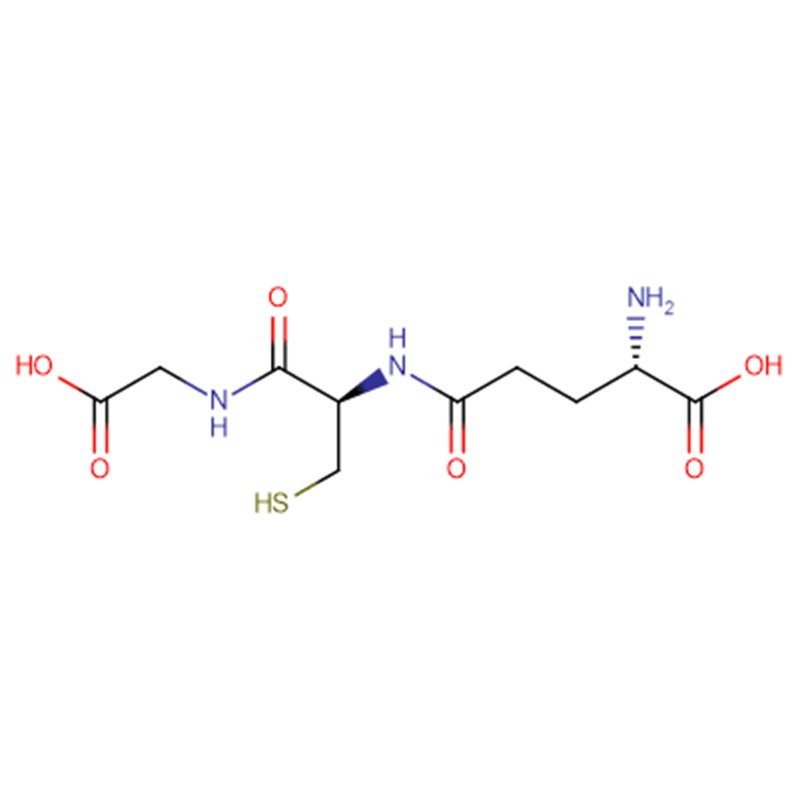GSSG Cas: 27025-41-8 White crystalline powder
| Catalog Number | XD90229 |
| Product Name | GSSG |
|
CAS |
27025-41-8 |
|
Molecular Formula |
C20H32N6O12S2 |
|
Molecular Weight |
612.631 |
| Storage Details | 2 to 8 °C |
|
Harmonized Tariff Code |
2930909899 |
Product Specification
| Specific rotation | -96 to -106 |
| Heavy metals | 10ppm max |
| AS | 2ppm max |
| Loss on Drying | 15.0% max. |
| Purity | 95% min |
| Residue on Ignition | 0.5% max |
| Appearance | White crystalline powder |
| Assay | 99% |
Hepatotoxicity of drug candidates is one of the major concerns in drug screening in early drug discovery. Detection of hepatic oxidative stress can be an early indicator of hepatotoxicity and benefits drug selection. The glutathione (GSH) and glutathione disulfide (GSSG) pair, as one of the major intracellular redox regulating couples, plays an important role in protecting cells from oxidative stress that is caused by imbalance between prooxidants and antioxidants. The quantitative determination of the GSSG/GSH ratios and the concentrations of GSH and GSSG have been used to indicate oxidative stress in cells and tissues. In this study, we tested the possibility of using the biliary GSSG/GSH ratios as a biomarker to reflect hepatic oxidative stress and drug toxicity. Four compounds that are known to alter GSH and GSSG levels were tested in this study. Diquat (diquat dibromide monohydrate) and acetaminophen were administered to rats. Paraquat and tert-butyl hydroperoxide were administere d to mice to induce changes of biliary GSH and GSSG. The biliary GSH and GSSG were quantified using calibration curves prepared with artificial bile to account for any bile matrix effect in the LC-MS analysis and to avoid the interference of endogenous GSH and GSSG. With four examples (in rats and mice) of drug-induced changes in the kinetics of the biliary GSSG/GSH ratios, this study showed the potential for developing an exposure response index based on biliary GSSG/GSH ratios for predicting hepatic oxidative stress.


